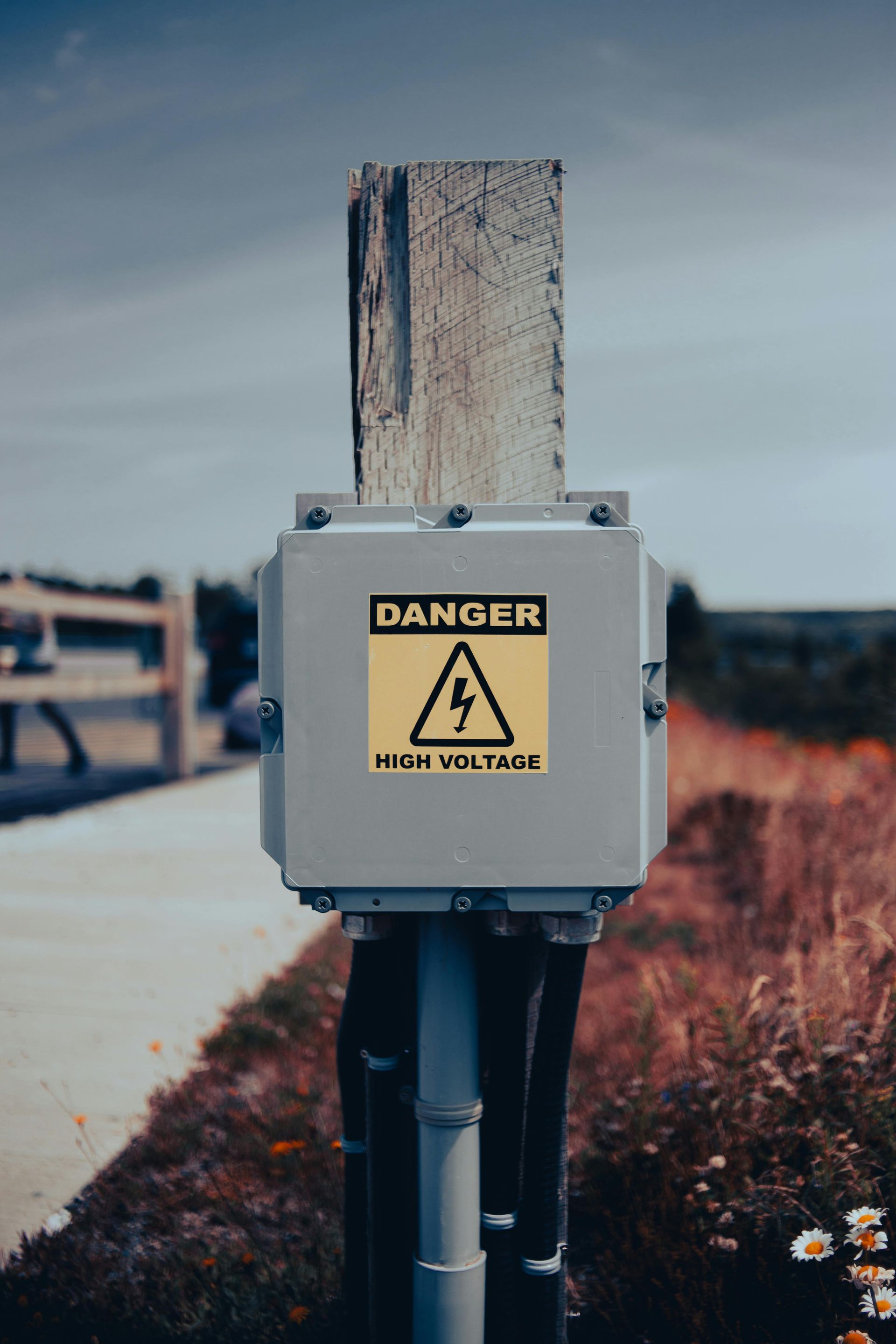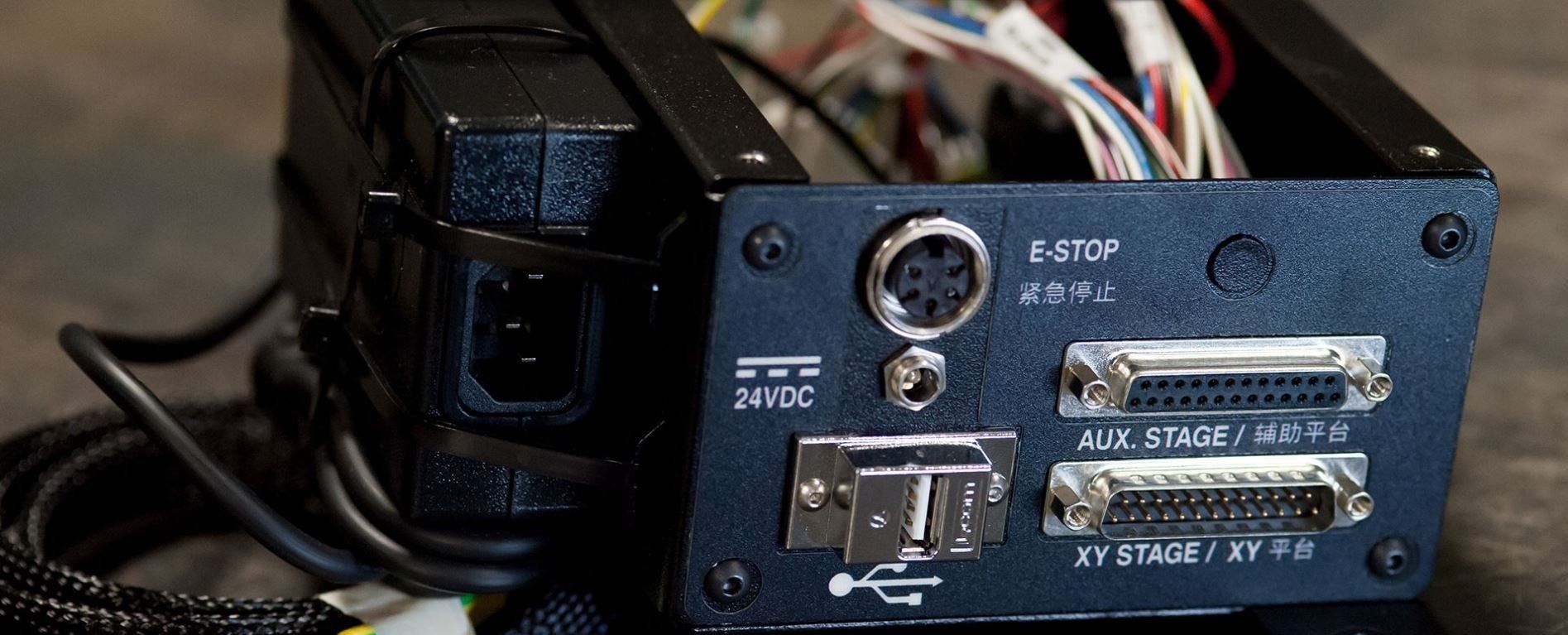Constructing Haptic Systems
A special type of mechatronics known as haptic technology combines mechanical, electrical, and computational components. It provides users with more enhanced interaction with machines than existing traditional systems because of advanced sensors and actuators. Haptics gives users tactile stimuli including touch, pressure, weight, texture, and warmth in addition to visual and audio inputs from the computer. This encourages a deeper, more concrete link between our devices and us, elevating our use of programs to a more immersed state. In this blog, we will examine the advantages of haptics implementation for a variety of applications as well as the most recent design approaches for haptics feedback.
Use Cases for Haptics
Let's start by examining the ways in which haptics are already and will be used before asking why this is important or desirable.
Medical
Greater control and safety are possible in the medical industry, for example, by allowing doctors to feel what a robotic hand touch. Using haptic technology in surgical procedures like laparoscopic surgery, surgeons can make smaller incisions that heal more quickly for the patient. A surgeon may now execute delicate procedures with more precision thanks to remote-controlled manipulators and video. A surgeon needs to be aware of the force being applied by the knife. The incision is too deep and there is too much. Too little results in a shallow incision. A surgeon must also be aware of whether they are cutting through a blood vessel or simply shifting one out of the way. Force feedback is crucial in this scenario.
Gaming
Instead of using joysticks and keyboard clicks, haptics is used in gaming applications to give the user virtual feedback that resists control force and lets them experience the sensation of textures and other physical phenomena. To physically engage with a user, thus far, micromotors, piezo actuators, fluidic transfers, and air pressure have been used. But creating with these haptic technologies differs greatly from creating other, more conventional machine designs.
To help engineers who are new to haptic technology, device manufacturers are fortunately addressing these demands through development systems and application examples. Accelerometers are a crucial piece of equipment utilized in haptic designs. These are utilized in remote robotic assemblies to deliver force feedback data, gloves to monitor hand motion, and headsets to adjust the field of view.
Numerous device manufacturers provide development kits, application notes, reference designs, and accelerometers for OEM applications. Additionally, because accelerometers are widely used in cell phones, these multi-axis devices are inexpensive and easily accessible from well-known distributors and manufacturers. A common accelerometer development kit includes multi-axis sensors and a USB, I2C, SPI, or UART computer interface. Measurements up to 16G are not unusual, and outputs might be digital or analogue.
Consumer Products
Haptic designs are increasingly incorporating Inertial Measurement Units (IMUs) for applications that demand complicated motion recording and processing. IMUs are essentially sensors that include an accelerometer, gyroscope, and magnetometer. These highly integrated, ultra-low-power sensors can be tailored for a variety of high-performance uses, such as wearable technology, head-mounted technology, smartphones, cameras, drones, and augmented reality (AR) and virtual reality (VR) headsets. IMUs are a reliable smart sensor system package with ready-to-use software algorithms that can quickly calculate orientation, position, and velocity. This allows for position tracking and activity/gesture recognition with high accuracy and low latency.
These multi-axis programmable smart sensor systems are also inexpensive and easily accessible from conventional distributors and manufacturers due to economies of scale and the ubiquitous use of IMUs in smart phones, cameras, drones, and other consumer gadgets. IMU development kits typically come with a multi-axis sensor, environmental sensors, and a computer interface like USB, I2C, SPI, or UART, just like accelerometers.
Techniques for Haptic Design
A number of design strategies have emerged because of the wide range of haptic technology applications, which engineers are still working to perfect. Some haptic designs include microfluidic techniques, which are also useful for producing sensation on the skin and pumping fluids into and out of a variety of chambers. Capillary tubes, microvalves, and pumps with micromotors are frequently employed. For the benefit of these microfluidic approaches, motor control technology is fortunately advanced, and a wide variety of motor control development kits are easily accessible.
Microcontroller and Op-Amp Designs
Op-Amps can often be used to power micromotors because they don't require a lot of current and can be driven in both directions. Microcontrollers with motor control capabilities, such as higher current drivers, pulse width modulation (PWMs), multiple timers, and even analogue outputs, can be used to drive the numerous motors, pumps, or micro-valves in applications where Op-Amps alone are insufficient to drive the micromotors.
Processing of digital signals
Operating micromotors and measuring back EMF, which can be used to evaluate resistance to digitally asserted pressures, benefit greatly from processors with digital signal processing (DSP) capabilities. A CPU section and a power transistor array are two examples of development boards. DSP-based haptic designs have a lot of potential for creating immersive experiences for a variety of media, including games, movies, music, and more. Haptic designs can improve user engagement and sensory stimulation by adding tactile vibrations to audiovisual information. Complex filtering algorithms can be carried out by processors with DSP capabilities for the application's many motors to be controlled precisely. These motor control approaches can also be employed to build fluid pump- and air-pressure-based sensory systems. Additionally, this technique can be modified to operate piezo actuators and ultrasonic emitters, as well as micro piezo actuators that can produce electromechanical sensation.
Haptics using ultrasound
A sophisticated haptic technology design also makes use of ultrasonic waves from an ultrasonic array that combine to create an impression of force. This kind of ultrasonic haptic technology uses focused ultrasound waves to generate mid-air haptic sensations so that users can feel feedback against their hands without actually touching a device. It has mostly been used to provide tactile feedback, simulating the feeling of hitting a virtual button, but its use is growing to excite and have a greater impact on the body as a whole.
Hardware alone won't be sufficient for the upcoming HD haptics technology. Future haptic system designs must use software to get beyond the drawbacks of hardware-only approaches.
Conclusion
Although haptic design is a relatively new field, engineers can find development tools and advice online. More developer kits and application notes will appear as haptic products do. The gaming business will advance haptic technology more quickly and further than the medical, industrial, robotic control, and remote repair sectors. Haptic technology will be driven by readily available, greater volume applications to make specialized applications easier to build, opening opportunities for upcoming discoveries and uses.








